Expectation of JMAG’s highly accurate, detailed analyses of loss, control and vibration
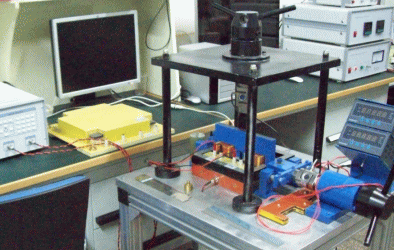
In the electrical engineering faculty of Shanghai University, research is moving forward in a wide range of activities including material modeling, electrical circuit design, multiphysics and control design using HILS. We have been in a partnership with Shanghai University since 2012. In this issue we will talk about the partnership between JMAG and Shanghai University.
Shanghai University School of Mechatronic Engineering and Automation
Shanghai University was established in 1958 and is a city-run university and an important base with more than 50,000 students. The main campus is located in the Baoshan district of Shanghai.
The university has a faculty called the School of Mechatronic Engineering and Automation where research is carried out in electronics and controls. Established in 1990, the university started with electronic systems and automation, now there are also control theory and electrical engineering courses. Currently, the school is divided into two courses, one for control engineering and the other for electrical engineering. As the head of the school, I am involved in joint research with companies both within and outside of China and our connections with local major corporations such as the Shanghai Electric Group and the Baosteel Group Corporation are strong. Overseas, the university is actively engaged in joint research with companies from the United States, Britain, France and Japan.
In this issue we talk with Prof. Huang from the School’s Electrical Engineering Faculty about how JMAG is being used. Dr. Huang began teaching at Shanghai University in 1977 and he has also done research in the United States at WEMPEC in the University of Wisconsin, also a JMAG-partner university.
JMAG was introduced in Prof. Huang’s laboratory in 2012. We have already been using commercial software and in-house production tools for research in motor development. However, in conducting more specific material modeling, coupled analysis, and cooperation control, JMAG was introduced as a tool that will provide the mechanics and technical support we need. In this issue, we will introduce the research theme in Prof, Huang’s laboratory, and their use of JMAG.
Measurement of control design / motor design / In building simulation technology
In the laboratory, Dr. Huang undertakes both the assessment and simulation of the latest designs in motor systems and verification of his findings. He has taken on a wide variety of research themes including power electronics and control, and not just themes related to motor design, such as magnetic design or mechanical and thermal design. He also researches the latest on motor systems (Fig.1). We have also been using simulations for a long time and use commercial software as well as develop analysis programs for research use. In the laboratory, researchers are divided into teams and each team conduct simulations and measurements for various themes. There is also an array of experiment equipment available with which to conduct activities such as measure materials or establish HILS simulation environments.
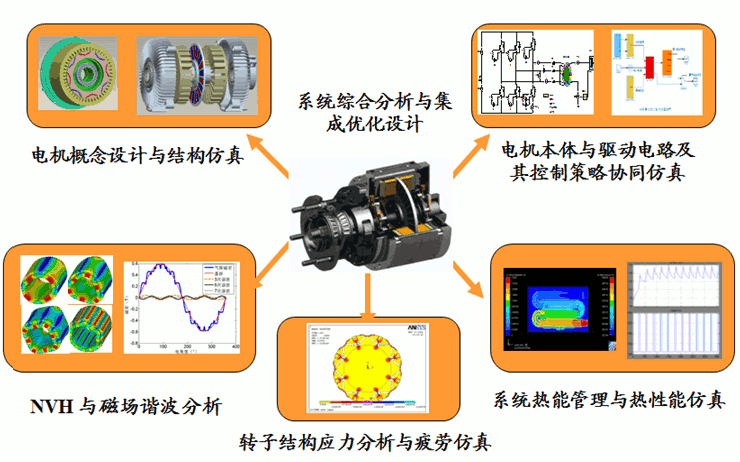 Fig. 1 Optimal motor designs allowing for magnetics, NVH, stress, control and heat
Fig. 1 Optimal motor designs allowing for magnetics, NVH, stress, control and heat
We are currently using JMAG in research themes, with examples including:
- Motor magnetic circuit design (primarily loss evaluation);
- Multiphysics evaluation into such areas as thermals and structure; and,
- Control design using HILS.
among others.
Loss Evaluation Initiatives
Research laboratories are focusing their attention on motor loss evaluation to increase motor design efficiency. We are working together with a materials manufacturer and tackling the issue through both measurements and analysis, looking at items such as evaluation of stress dependency in iron loss (Fig.2). We are paying particular focus on measuring and analyzing the following items:
- Loss caused by time or space harmonic components
- Temperature and stress dependency
- Impact of rotational fields
JMAG has a rich array of functions for iron loss analysis, which raises analysis modeling accuracy and we plan to compare analysis results with actual measurements.
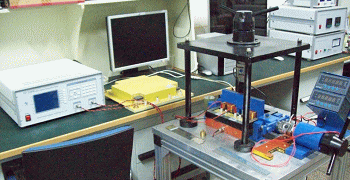 Fig. 2 Measuring device for magnetic properties allowing for stress dependency
Fig. 2 Measuring device for magnetic properties allowing for stress dependency
Vibration Evaluation Initiatives
Joint research with an automaker is being carried out in a research lab with work ongoing on designing a drive motor. An important issue in this project is reducing vibration.
Up until now, the research lab would have used a structural analysis programs made within the university. However, to be able to conduct a detailed evaluation of resonance phenomena resulting from excitation force generated by electromagnetic force, we needed an analysis software like JMAG, which was capable of detailed mapping of eletromagnetic distribution. JMAG is easy to use, being a single passage enabling coupling of electromagnetic field and structural analyses through to even evaluation of sound pressure, so we continue analyzing so it can be used in research laboratories (Fig 3, 4, 5).
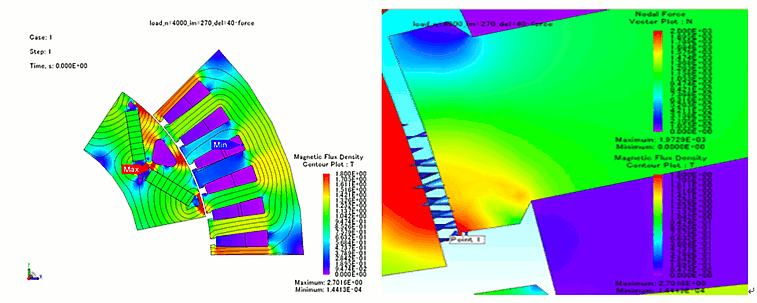 Fig. 3 Evaluating electromagnetic force at the motor stator end
Fig. 3 Evaluating electromagnetic force at the motor stator end
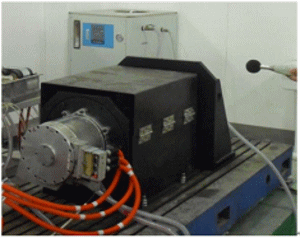 Fig. 4 Device for measuring sound pressure
Fig. 4 Device for measuring sound pressure
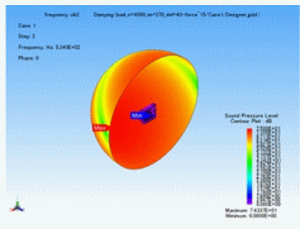 Fig. 5 JMAG calculation of sound pressure
Fig. 5 JMAG calculation of sound pressure
Analysis Case Study
Huang, Surong, et al. “Magnet Motor for Electric Vehicle Based on JMAG,” IDAJ-China Users Conference Papers, 2012
Control Design Evaluation Initiatives
We have a long history of involvement in control design and have utilized HILS technologies since times well in the past. In our research laboratories, by adding motor characteristics in an electromagnetic field analysis to a motor model in FPGA, we have been able to gain a detailed evaluation of motor behavior without having had to create a prototype (Fig.6). We’re actually creating motor models allowing for motors with nonlinear characteristics or cross-coupling and we have the capability of simulations with responsiveness of 1 microsecond on FPGA. HILS technology is used in sensorless controls or tolerance evaluations during breakdowns.
These systems have up until now been developed in laboratories but with each new motor, the FPGA I referred to earlier, needed to be equipped with a motor model and required a certain amount of production time. Using JMAG simplifies generation of motor models and enables us to focus on control design.
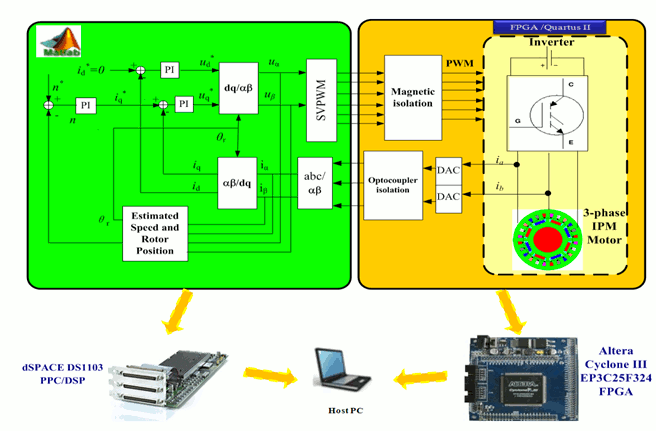 Fig. 6 HILS incorporating a detailed motor model
Fig. 6 HILS incorporating a detailed motor model
A JMAG Seminar that Company Engineers can also Attend
Shanghai University is emphasizing education and not just research, so it conducts training and seminars in analysis technologies not for students alone, but also mixing in corporate engineers as well. Shanghai University has conducted training and seminars since forming its partnership with JMAG.
For two days at the end of July 2013, the university conducted a seminar introducing the latest analysis technologies and utilizing JMAG to do so. Many students from the university and other Chinese companies took part, making it a meaningful event (Fig.7).
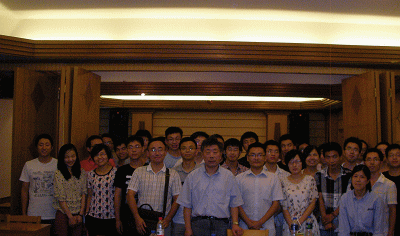 Fig. 7 A JMAG seminar at Shanghai University
Fig. 7 A JMAG seminar at Shanghai University
We expect JMAG will continue being used for research and teaching in laboratories.
(Interview by Hiroyuki Sano)
Interviewee

Electrical Engineering Professor
Shanghai University

University name: Shanghai University
Address: 99 Shangda Road, Baoshan District, Shanghai, China
[JMAG Newsletter January, 2014]


